Three weeks ago, I visited the Red Rock fortress on Velje Brdo, which is close to Podgorica. It has an almost perfect elliptical shape and a square building in the middle. You can almost feel the military discipline and order. You can feel the soldier’s spirit of strict behaviour and perfectly synchronized marching, you can hear the sound of obeyed orders. Everything perfect. But you cannot feel the remains of family life there, no women, no children, not even personal life. It is, though, a special experience when you stand on the wall and look over the valley of Podgorica.
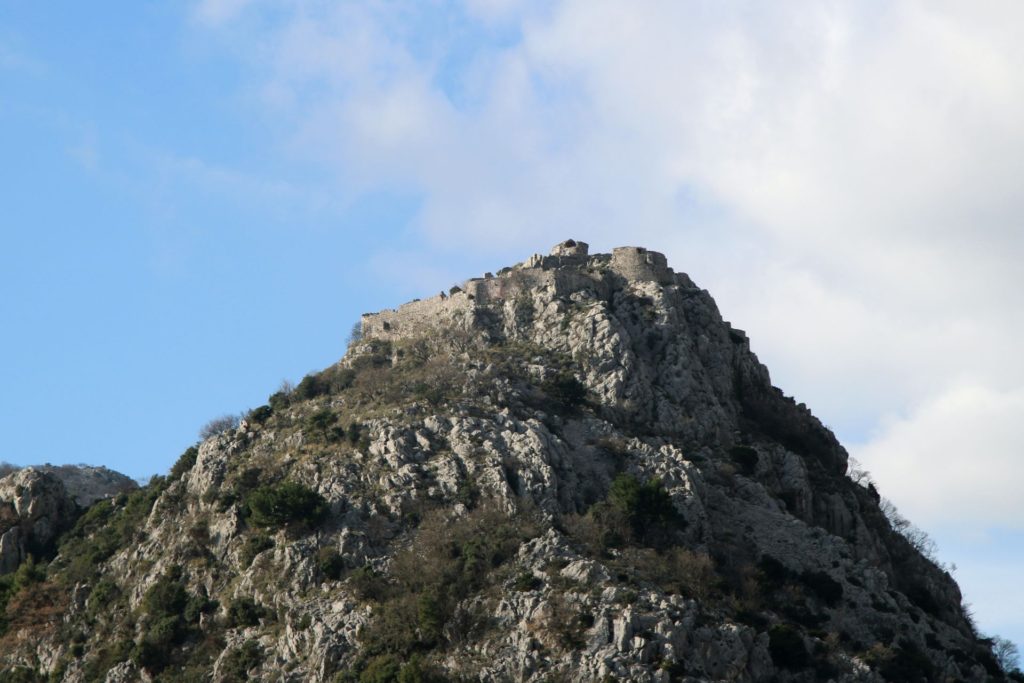 Then this week (on January the 1st) we visited Haj Nehaj, a strangely shaped fortress, built in total asymmetry with bursts of creativity in using the natural terrain, building on the top of rocks, with mixed styles, Roman tiles and chimneys, a Venetian lion above the entrance (now dissappeared) and Ottoman towers. As soon as I entered the gate (and there is only one gate), ‘The Lord of the Rings’ scenes of the battle for Minas Thirit started playing inside me.
Then this week (on January the 1st) we visited Haj Nehaj, a strangely shaped fortress, built in total asymmetry with bursts of creativity in using the natural terrain, building on the top of rocks, with mixed styles, Roman tiles and chimneys, a Venetian lion above the entrance (now dissappeared) and Ottoman towers. As soon as I entered the gate (and there is only one gate), ‘The Lord of the Rings’ scenes of the battle for Minas Thirit started playing inside me.
I don’t know if that happens to you, but whenever I step on a historical place I start imagining people who lived there, who died there, people who built it, children running around, women buying food on the market. It’s like I can feel their spirits wandering between these walls. But you can’t stop imagining hidden chambers and passages either, secrets forever lost and even magical spells of local witches and wizards. And the Haj Nehaj fortress gives you such a strong picture of family life long lost. It is impossible not to feel the spirit of the old times.
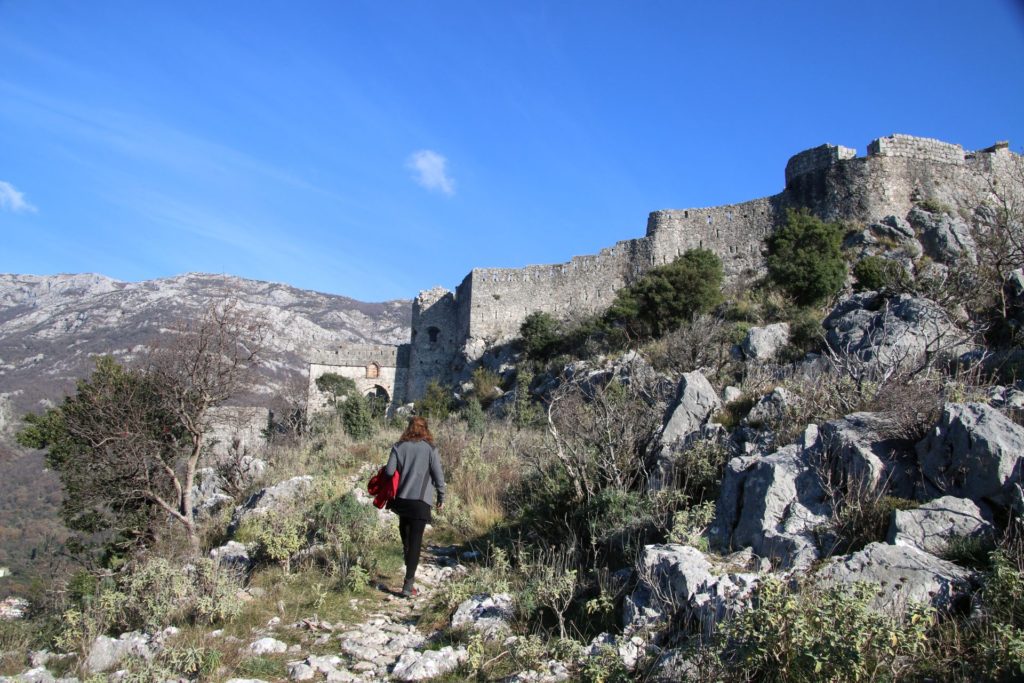 We went there with modest knowledge of the fortress (data and fragments found online). Most of the stories were connected to the origins of the name. Even in our language, where the name has some kind of a meaning, it is very strange. And of course, imagination starts working around unusual names. One of the stories that drew the attention is that women built it. There is an anecdote about women passing stones from hand to hand, when they were building the fortress. Working under the hot sun, without water, one of them cried out in pain and misery “haj”, and the other added disparagingly “nehaj – curse on you, Nehaj fortress, when women have to build you!”. Since then, women didn’t have to work on construction sites anymore. This story is connected to the Turkish time of the fortress. It is, first of all, a curse from women in hardship. Women actually often helped in building walls and houses, as they were the cheaper work force and they worked equally hard, but it is also a mark of the time when men waged wars and probably more women were helping around trying to earn some money to feed their families.
We went there with modest knowledge of the fortress (data and fragments found online). Most of the stories were connected to the origins of the name. Even in our language, where the name has some kind of a meaning, it is very strange. And of course, imagination starts working around unusual names. One of the stories that drew the attention is that women built it. There is an anecdote about women passing stones from hand to hand, when they were building the fortress. Working under the hot sun, without water, one of them cried out in pain and misery “haj”, and the other added disparagingly “nehaj – curse on you, Nehaj fortress, when women have to build you!”. Since then, women didn’t have to work on construction sites anymore. This story is connected to the Turkish time of the fortress. It is, first of all, a curse from women in hardship. Women actually often helped in building walls and houses, as they were the cheaper work force and they worked equally hard, but it is also a mark of the time when men waged wars and probably more women were helping around trying to earn some money to feed their families.
Even though Haj Nehaj sounds like a word in our language, it can also be connected to its Venetian origins. The first time we see something similar to this name is on a Venetian engraving from 1550 as ‘Nechagia’. Earlier, in 1542, it was marked in a Venetian document as Fortress de Spizi, or Fortezza de Spizi (‘Spička tvrđava’). I found this ancient atlas from 1646 which shows the fortress on its maps:
The name Haj Nehaj, which is accepted today as the formal name of the fortress, is actually a combination of the name of the closest hill Haj (Golo brdo) and the name of the fortress Nehaj.
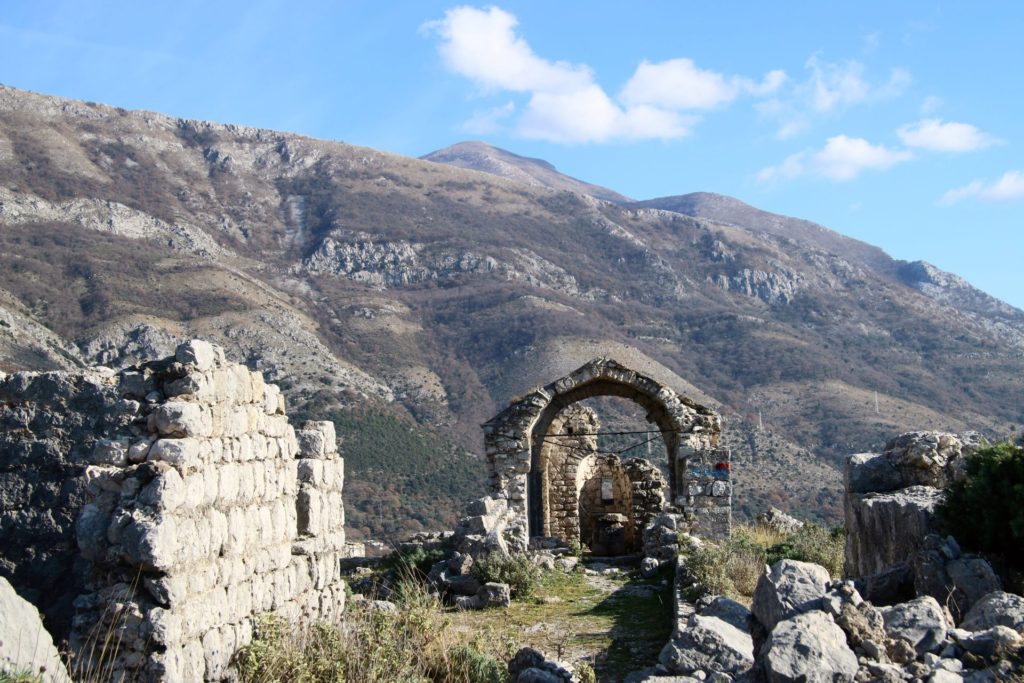 According to these sources, it is marked as a fort that could accept 900 people in case of an attack, although it was usually guarded by two soldiers and a gunner only. You can still see the well or better said a container room that holds water even today, the armory and hundreds of gun holes all around the walls, often in two levels. The position, size and the strange shape of the fortress give you the impression that you could defend yourself from there forever. I wouldn’t like to be an attacker definitely.
According to these sources, it is marked as a fort that could accept 900 people in case of an attack, although it was usually guarded by two soldiers and a gunner only. You can still see the well or better said a container room that holds water even today, the armory and hundreds of gun holes all around the walls, often in two levels. The position, size and the strange shape of the fortress give you the impression that you could defend yourself from there forever. I wouldn’t like to be an attacker definitely.
As of 1571, the fortress somehow fell in the hands of the Turks, who obviously added some walls and buildings. Then, on November 13th, 1877, it was liberated by the Montenegrins. Since then it is abandoned. So why do historical records say: ‘liberated by the Montenegrins’?
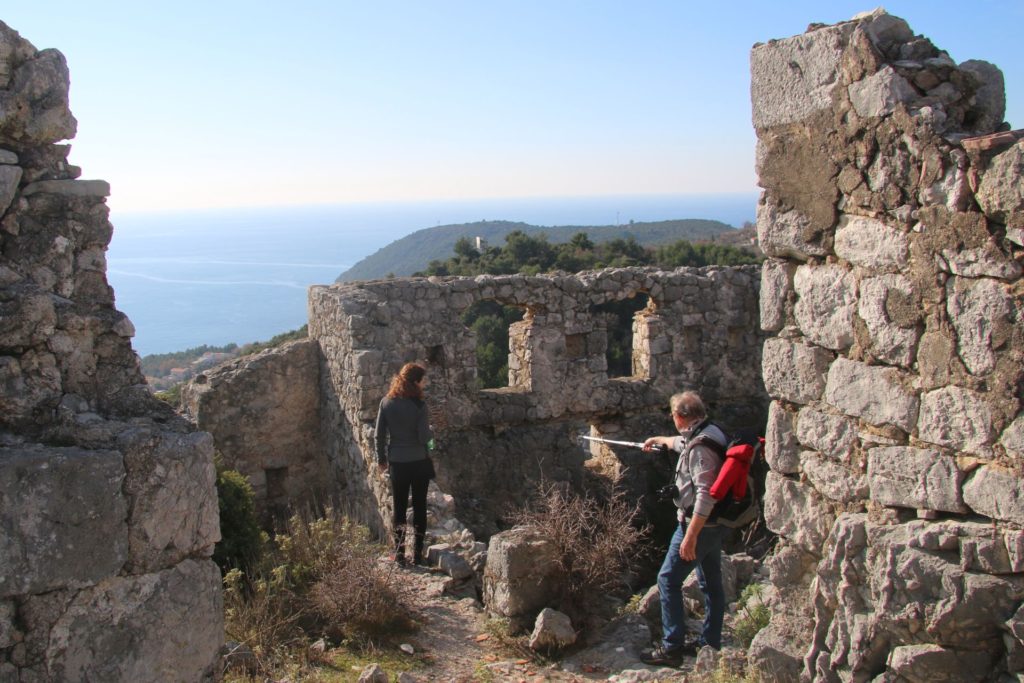 Usually, the best constructions are churches, and the church that it is situated on the top of the fortress, with the best view of the surrounding landscape and settlements, dates back to the 13th century and is dedicated to St. Demetrius. Different sources note that it once had two altars, although you can now only see the remains of the orthodox altar. That’s why it says it was liberated by Montegerins. The church holds the only remaining roof, if it could be called a roof, in the fortress. There was a graveyard in front, of both religions (catholic and orthodox), before the Turkish ruler Mehmed Pasha threw the bones down the cliffs in 1869.
Usually, the best constructions are churches, and the church that it is situated on the top of the fortress, with the best view of the surrounding landscape and settlements, dates back to the 13th century and is dedicated to St. Demetrius. Different sources note that it once had two altars, although you can now only see the remains of the orthodox altar. That’s why it says it was liberated by Montegerins. The church holds the only remaining roof, if it could be called a roof, in the fortress. There was a graveyard in front, of both religions (catholic and orthodox), before the Turkish ruler Mehmed Pasha threw the bones down the cliffs in 1869.
We don’t appreciate enough how lucky we are to have a place like this so close to our homes. You need just an hour or less to climb the hill and to get the feeling that you have travelled centuries through time and to feel so much closer to history and to what belonging to this region is all about.
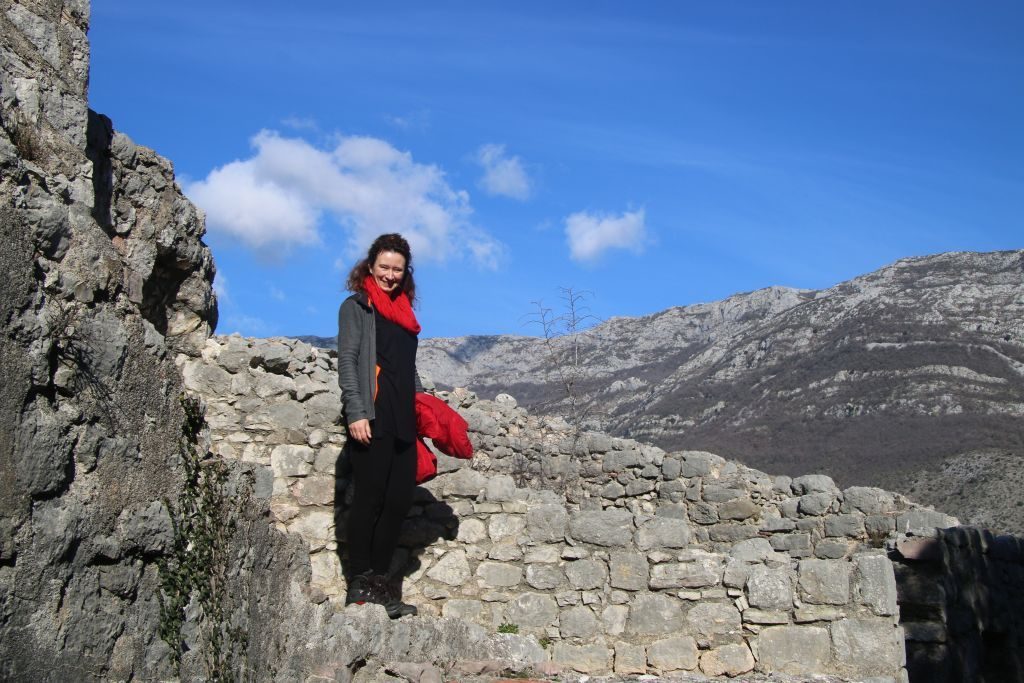 With just a little bit of imagination, try to project and build this fortress, think how smart and strong you would have to be to attack and liberate it and how important this place was for this region half a millennium ago.
With just a little bit of imagination, try to project and build this fortress, think how smart and strong you would have to be to attack and liberate it and how important this place was for this region half a millennium ago.
HOW TO GET THERE: Before entering Sutomore by the Adriatic Highway, turn right and follow the road to Zagradje until you reach the Fleur of Orange Hotel. Unless you have a 4×4, park your car there. There is a signpost to Haj Nehaj on the right side of the road. Walk uphill along the steep car trail. Before the trail ends (and immediately after a steep concrete road section that is clearly ribbed to avoid slipping), there is a narrow path that leads to the right, towards the hill where the fortress is located. The markation along the path is faded, but if you take care, you can’t miss it.
Guest blog post by Nataša Djukanović
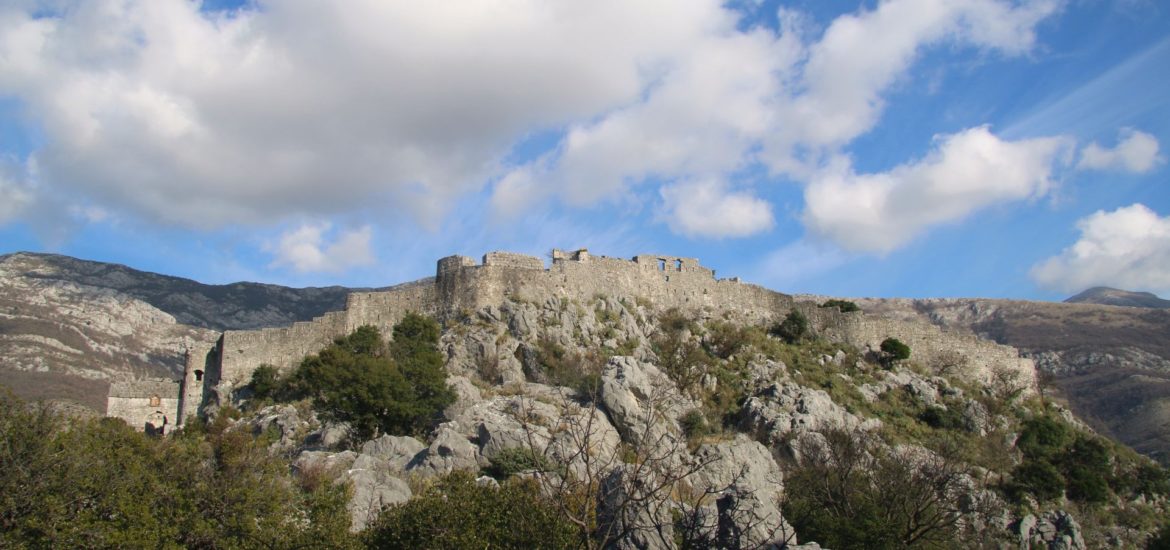
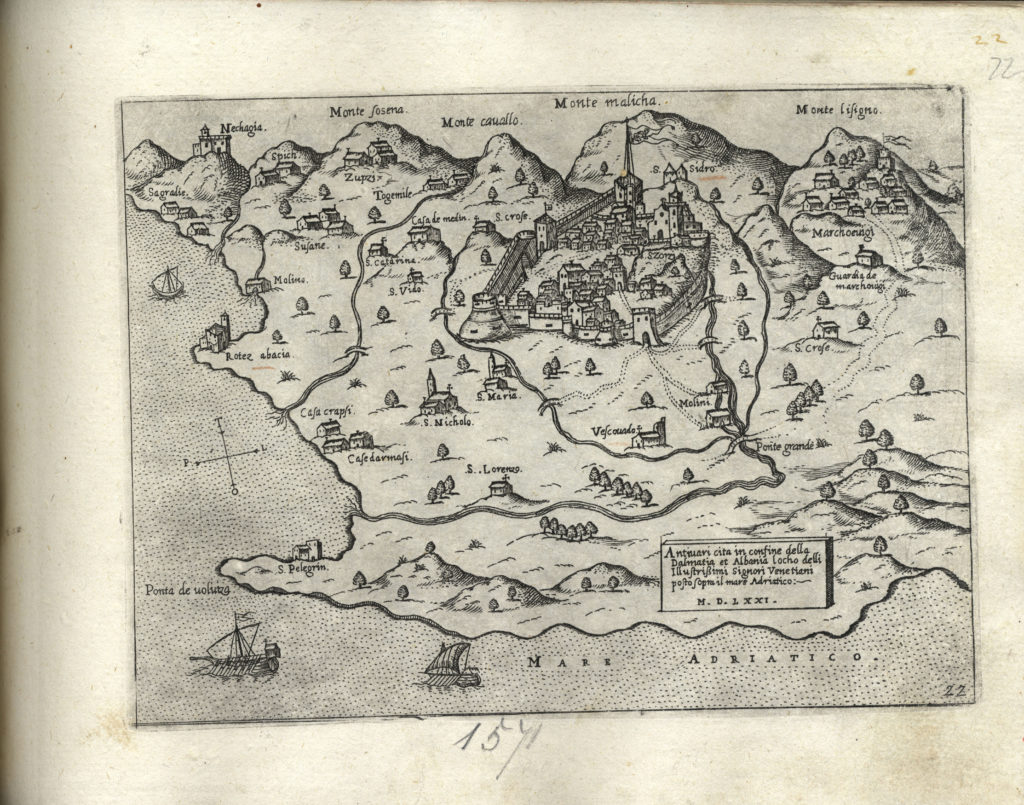
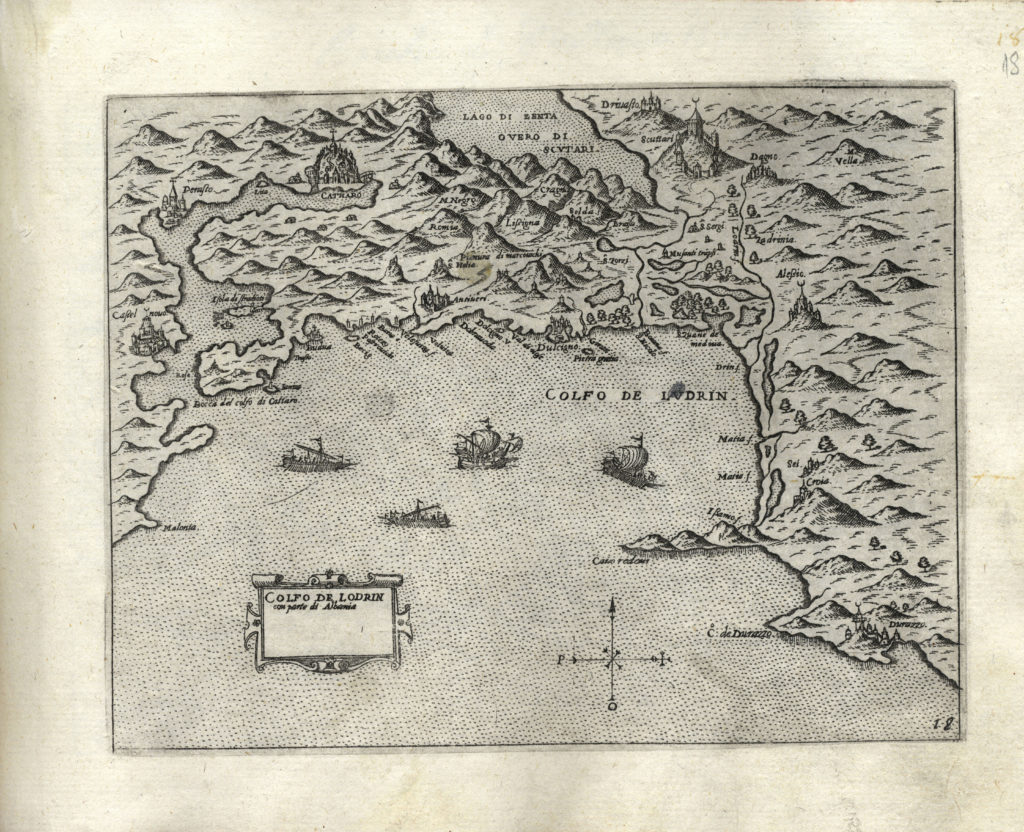
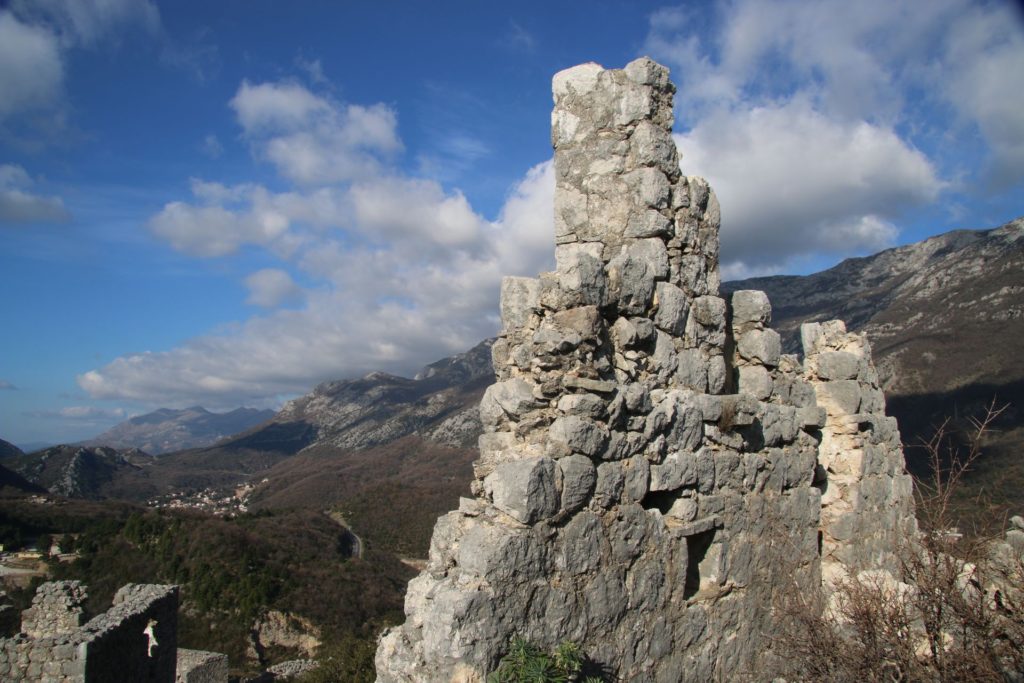
[…] Haj Nehaj Fortress […]